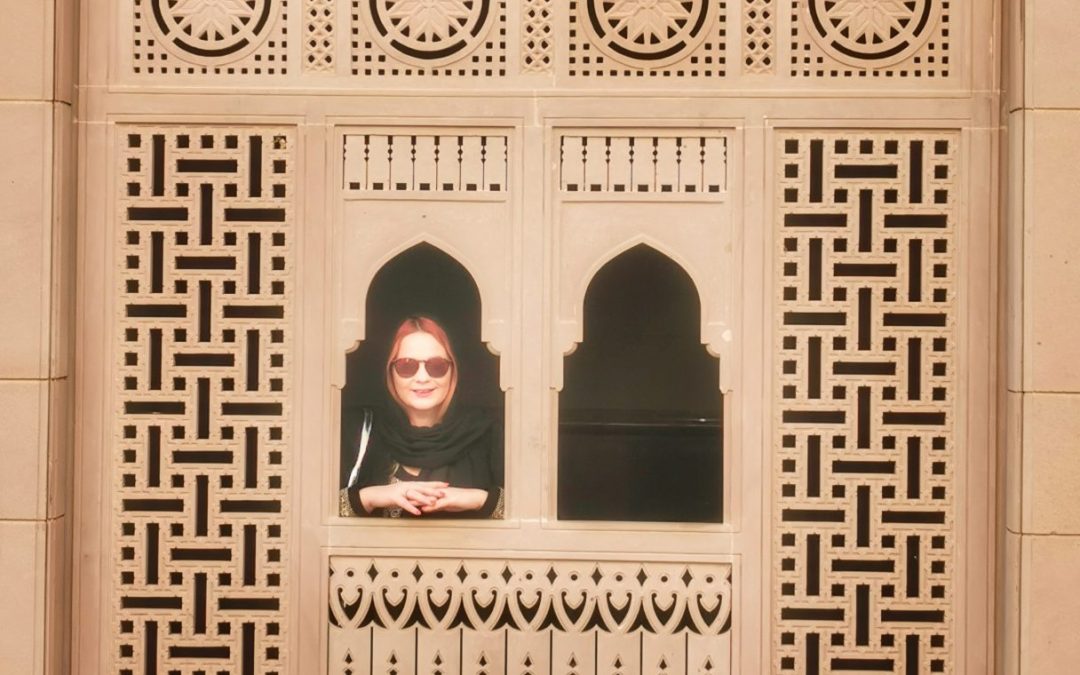The incursion into the Middle East continues with a visit to the lesser-known Oman. The country has an extremely important strategic position in the Persian Gulf area, bordering the United Arab Emirates to the northwest, Saudi Arabia to the west and Yemen to the southwest. From the 17th century, Oman was a real empire competing with Portugal and Britain for supremacy in the Indian Ocean and the Persian Gulf. Its zenith was in the 19th century when it conquered the Strait of Hormuz in Iran, present-day Pakistan and Zanzibar.
Oman is different from any other Arab country as it offers a unique chance to see and feel how unaltered traditions and culture manage to overcome opulence, extreme wealth and extreme modernity. Oman is still an enclave of the Arab tradition.
Oman offers a unique chance to see the Arab world without the distortions of extreme wealth, because although it has modernized a lot in recent decades and a significant part of its economy is now tourism, Oman has remained an enclave of the Arab tradition. Here we find a valuable cultural heritage, a well-defined sense of identity worthy of the main commercial port of the Persian Gulf.
Muscat is the capital of the state of Oman and is located on the coast of the Arabian Sea. The city is dominated by the landscape of the Hajar Mountains and is located near the Strait of Hormuz. The city actually consists of three settlements: Muscat – the city-fortress, the place where the Royal Palace was located, Matrah – a fishing settlement where souq Matrah was located and Ruwi – the commercial and administrative heart of the capital.
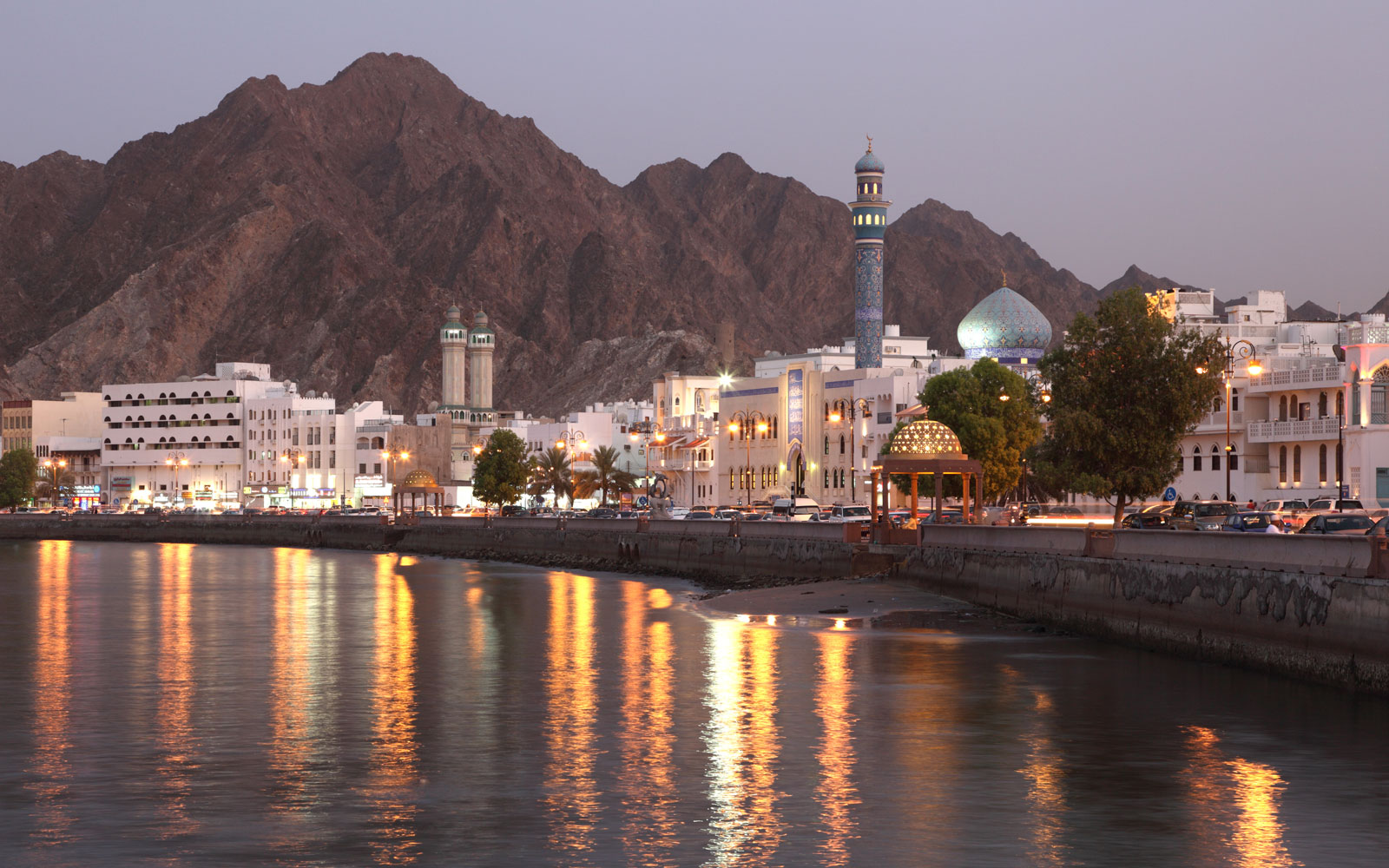
What to visit in Muscat:
The Sultan’s Palace- it is located near the port and is easily recognizable by its blue and gold mushroom pillars. On the inside there is an alley of palm trees that leads to the national museum and to the royal gardens.
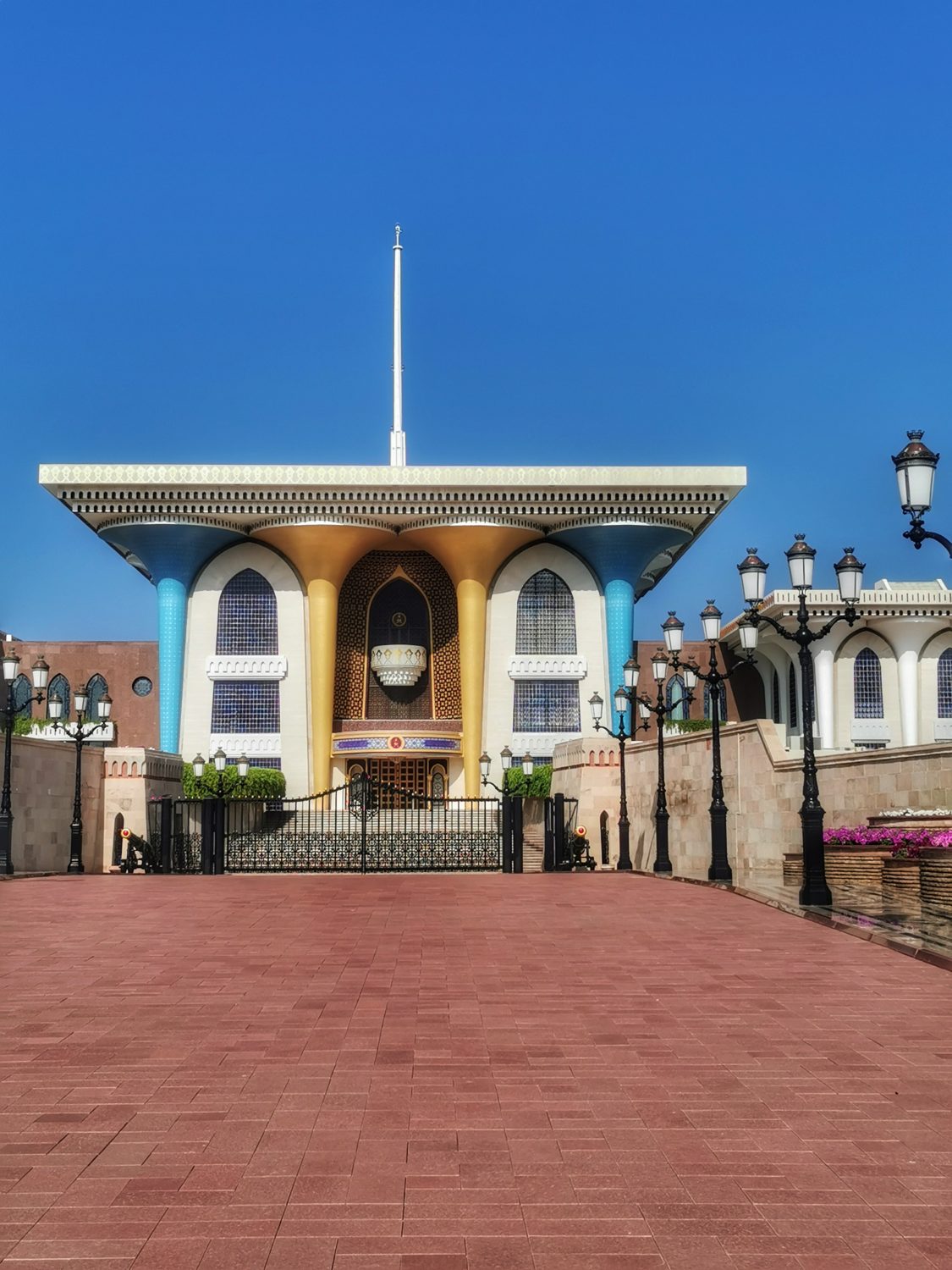
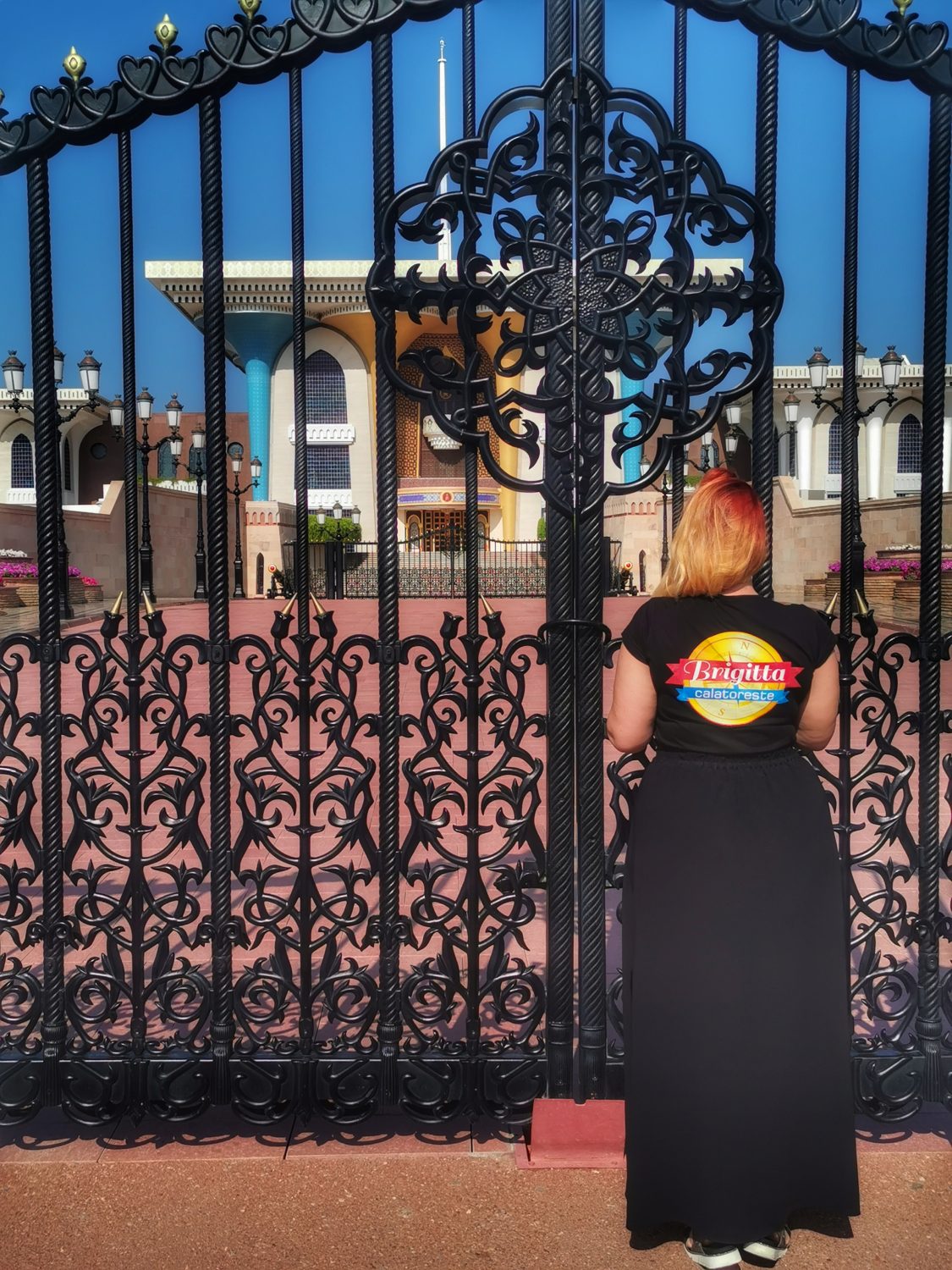
Bayt al Zubair Museum
The museum is located in a beautifully restored house where you can learn more about the heritage, traditions and culture of the state of Oman. The museum hosts numerous international art exhibitions.
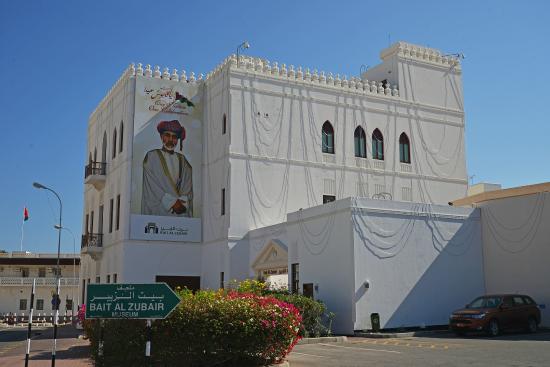
Sultan Qaboos Mosque
It is the most important and sumptuous mosque in Oman, a gift to the people of Oman from Sultan Qaboos on his 30th birthday, a spectacular piece of modern Islamic architecture. The inauguration took place in 2001, is the only mosque in Oman that can be visited by anyone who wants to and is the place of prayer for 20,000 believers. 300,000 tons of Indian sand was used in its construction, it has a 50 m high central dome, a 90 m high minaret and 4 other 45 m high side domes. The attraction of the mosque is the second largest carpet in the world (60 × 70 meters) weighing 21 tons, woven by craftsmen from Iran (400 people worked for 4 years), consisting of 1,700,000,000 knots and containing traditional patterns from Tabriz and Isfahan. The mosque also houses the second largest chandelier in the world, it is 14 meters high, weighs 8.5 tons and contains 600,000 crystals.
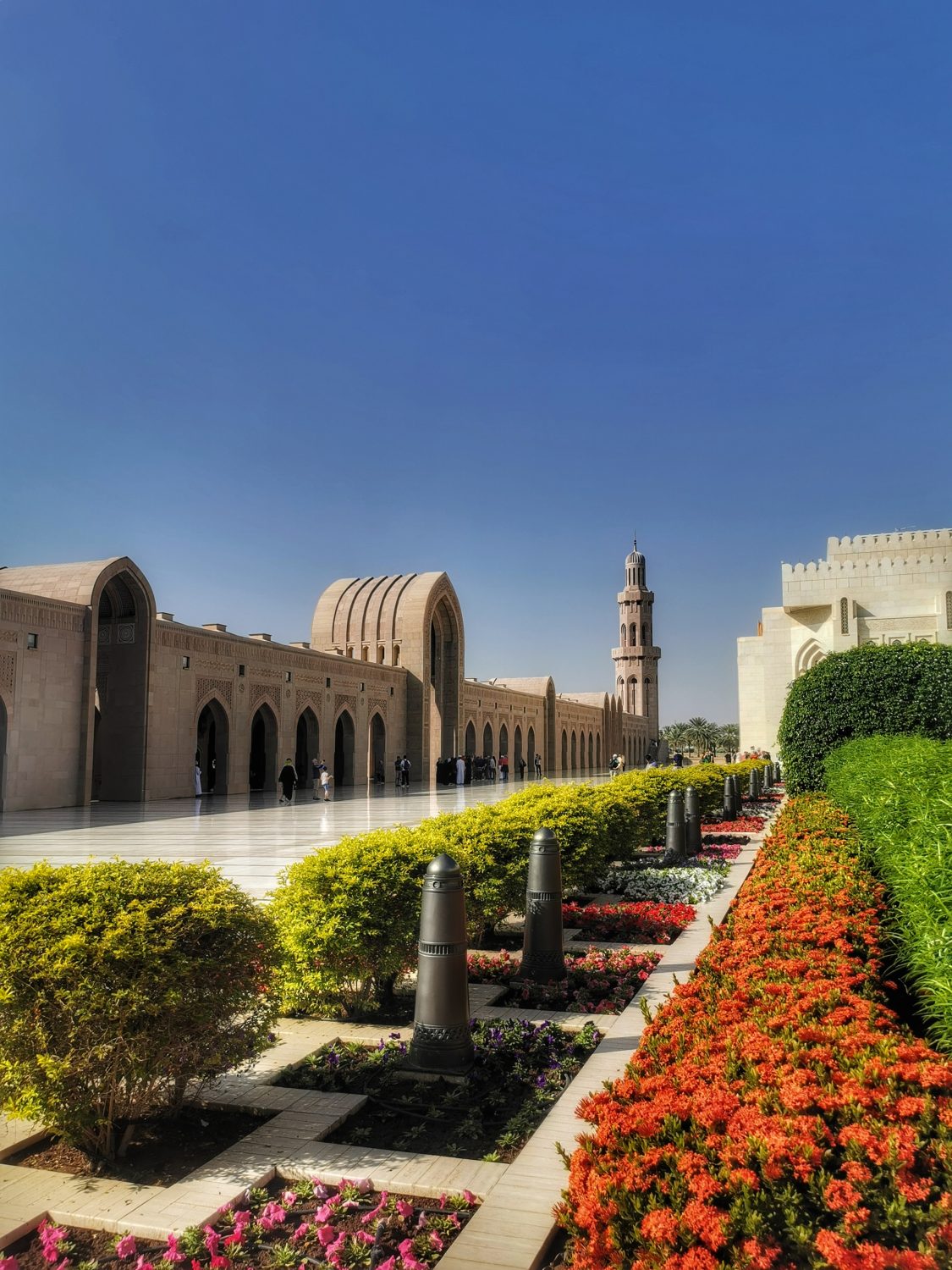
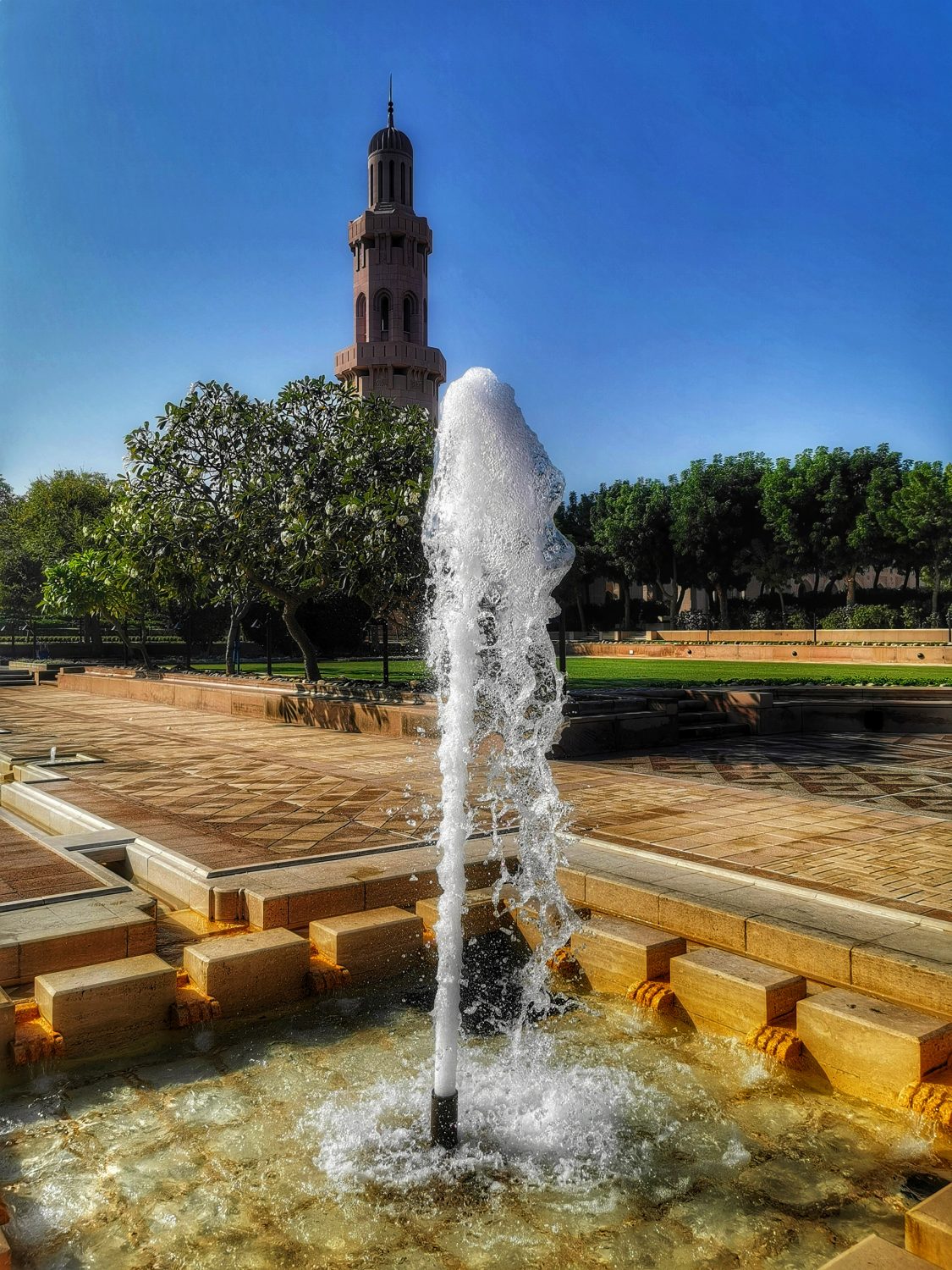
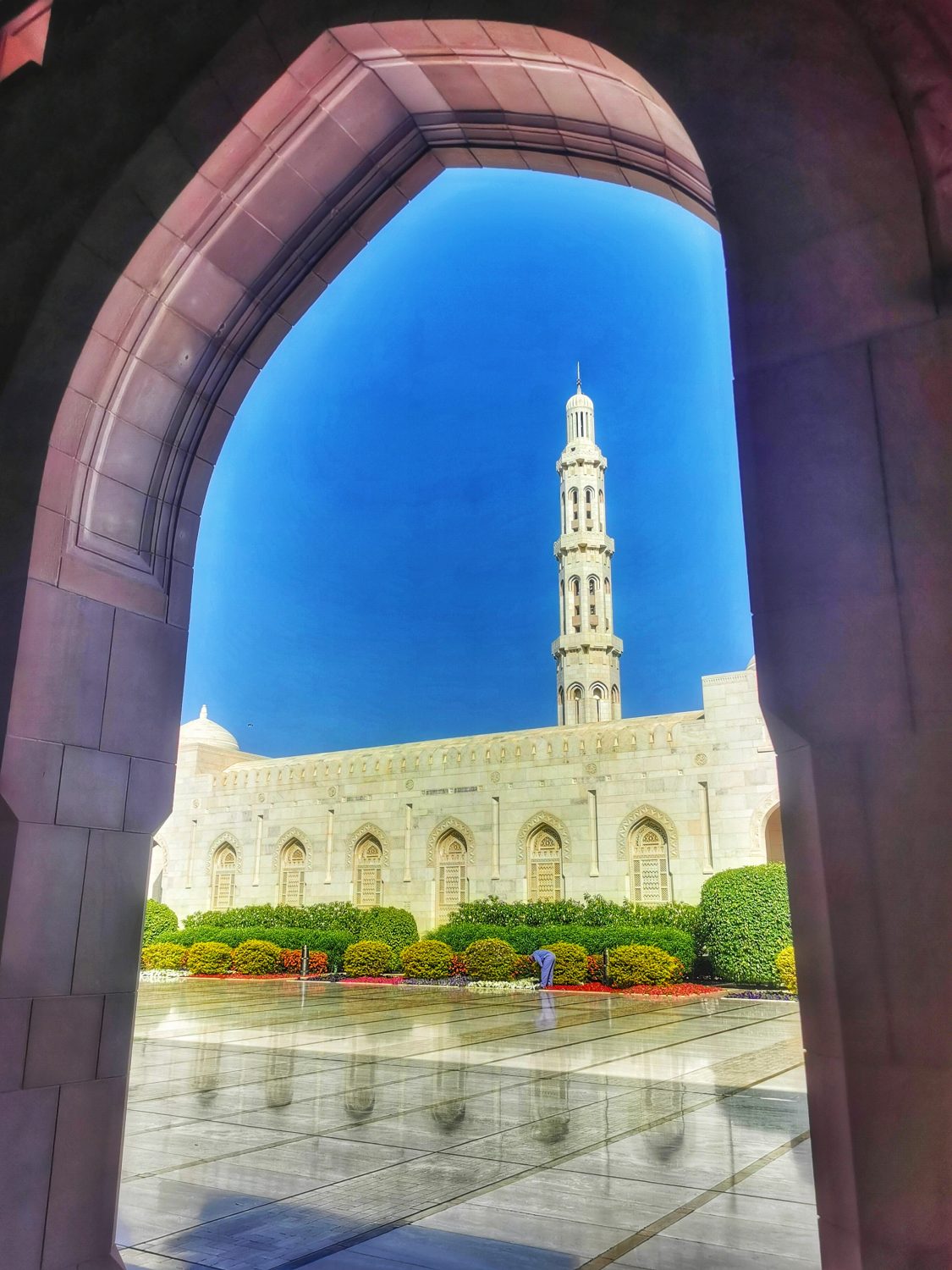



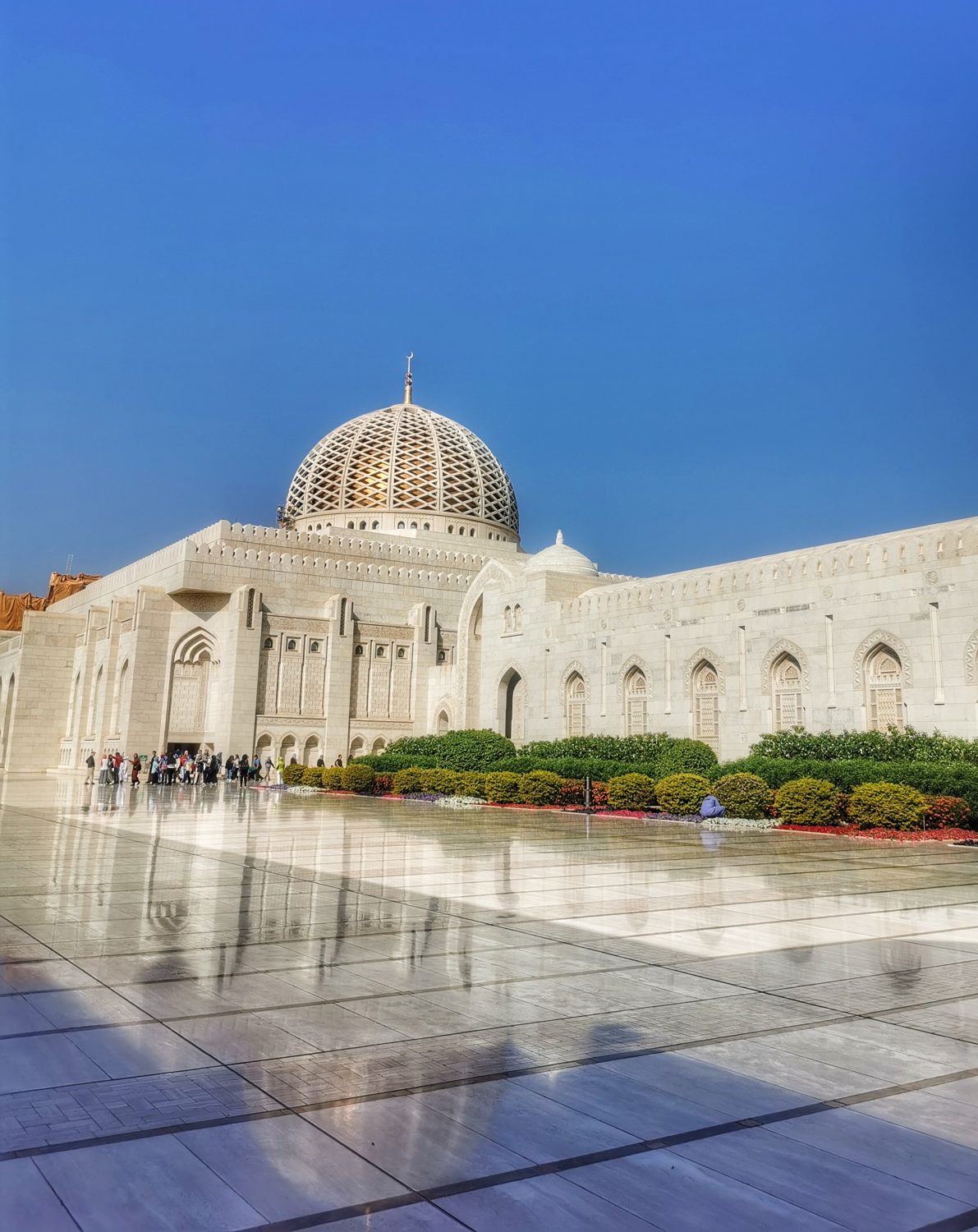
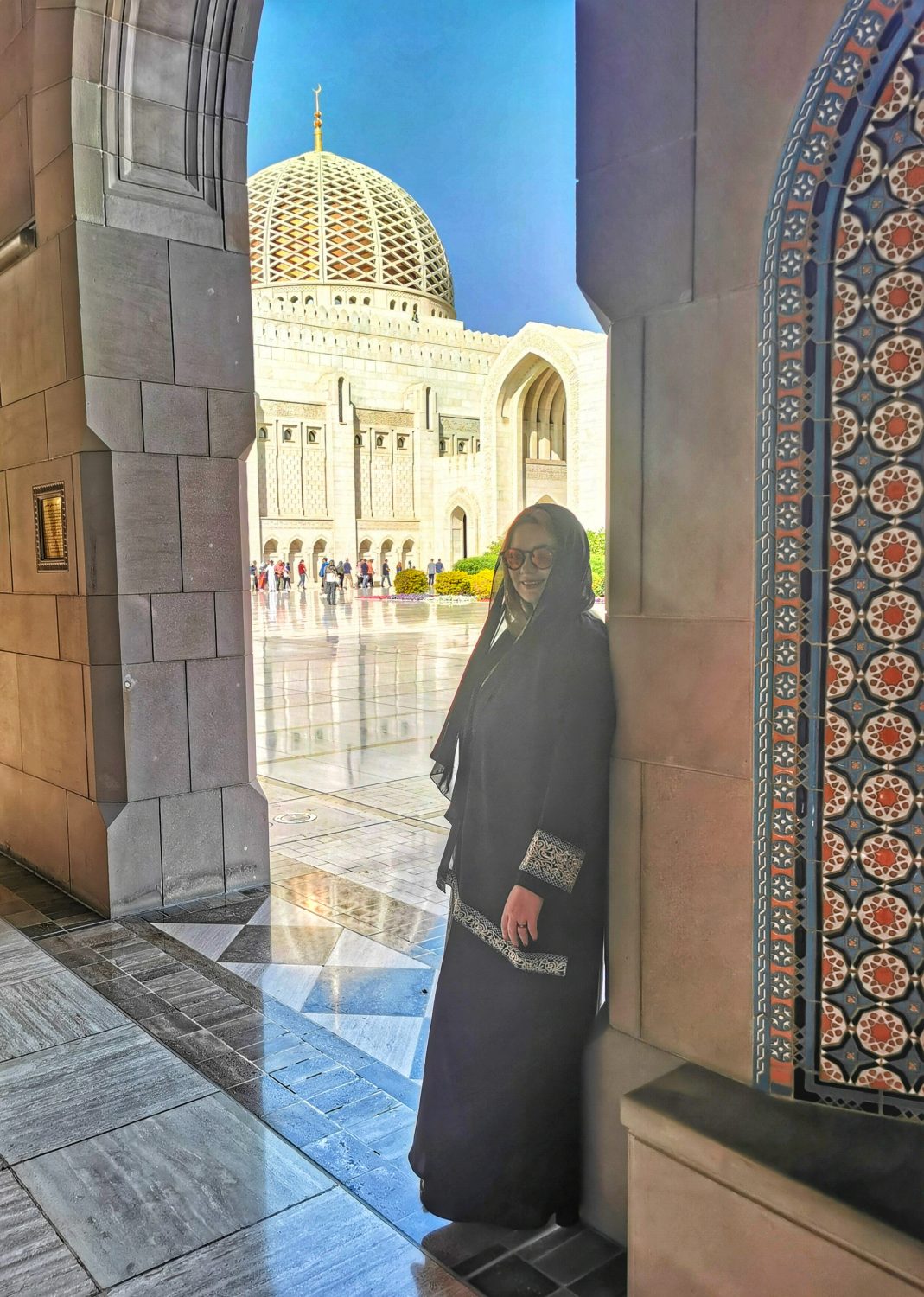
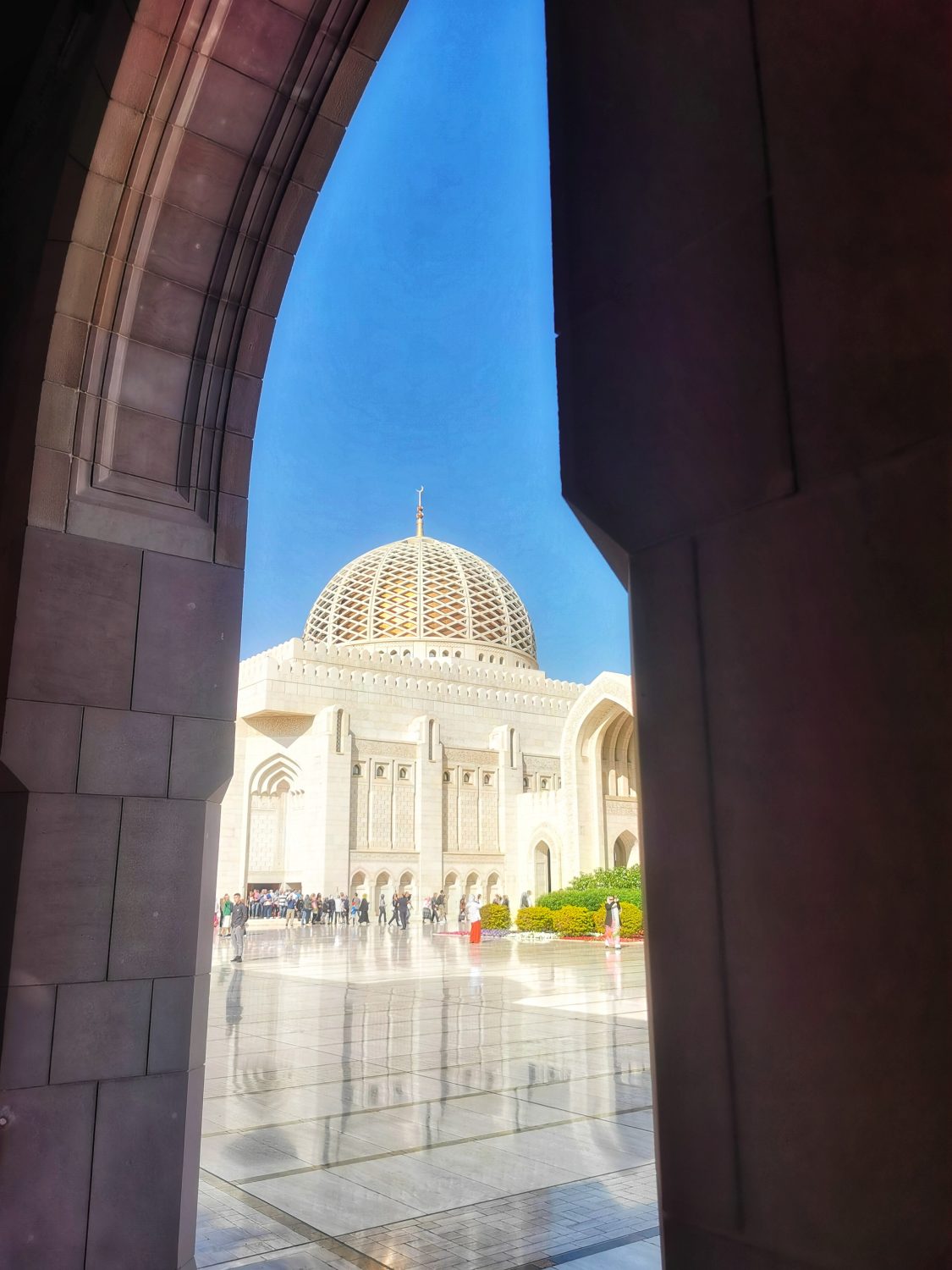
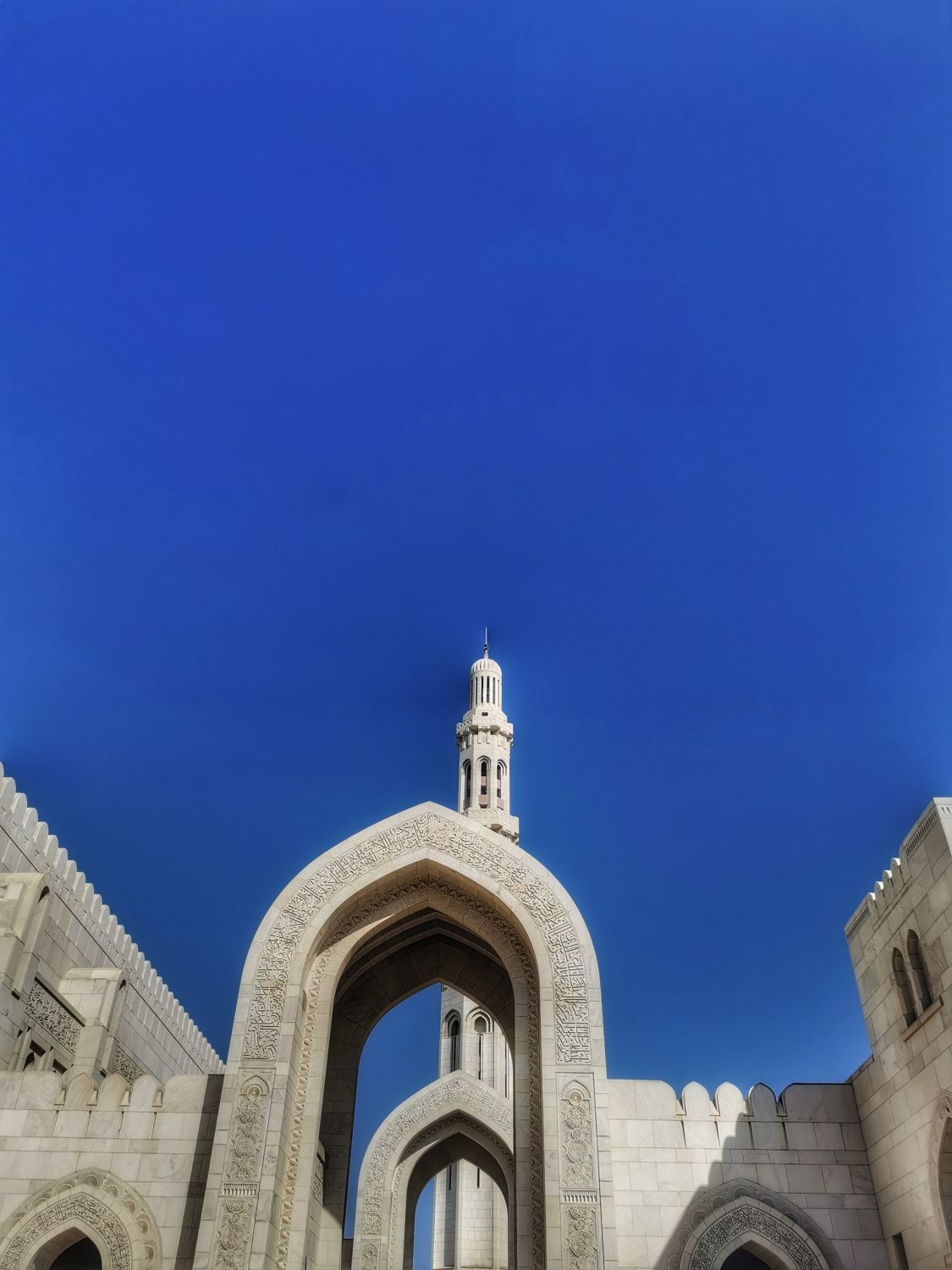
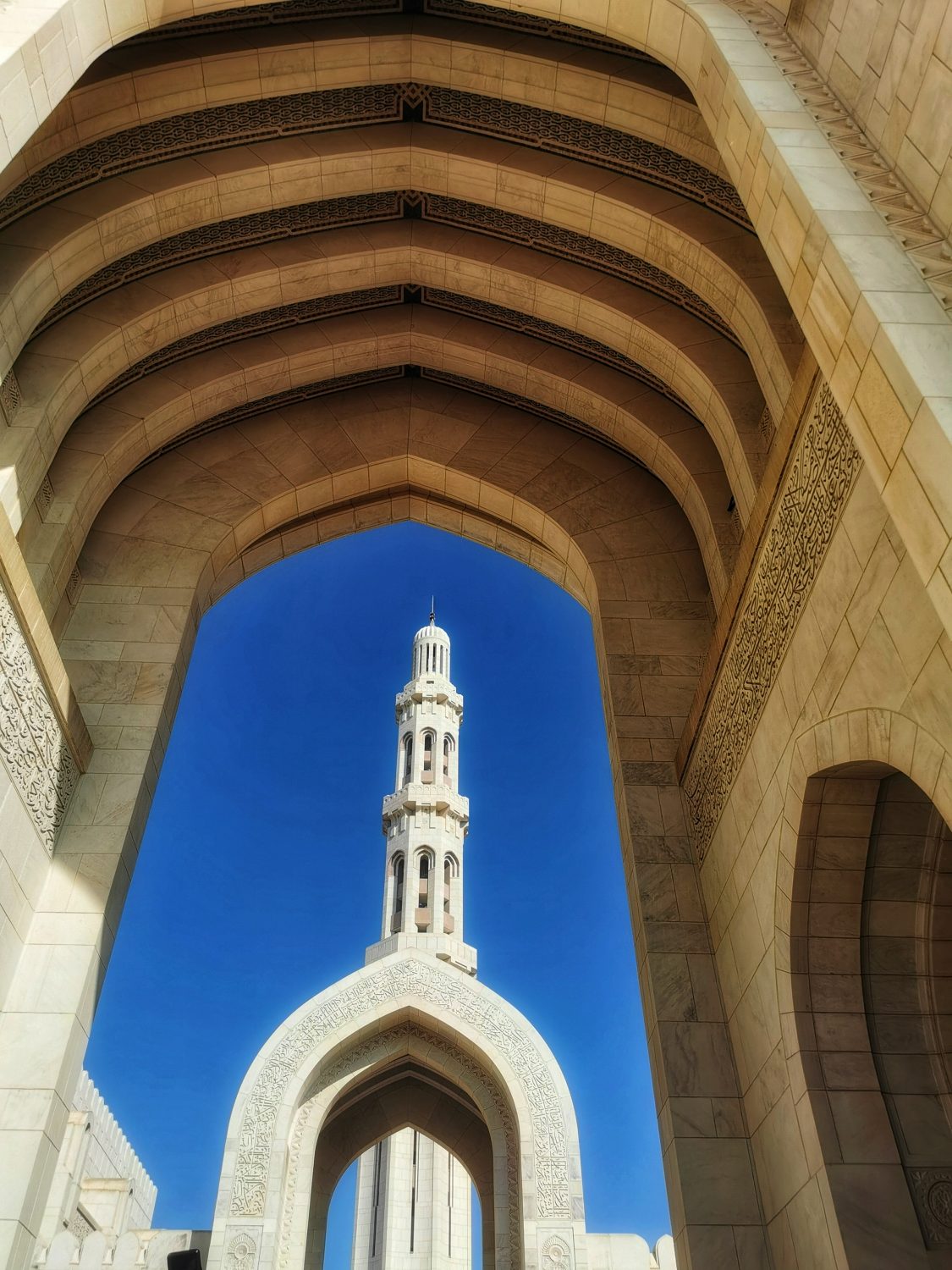
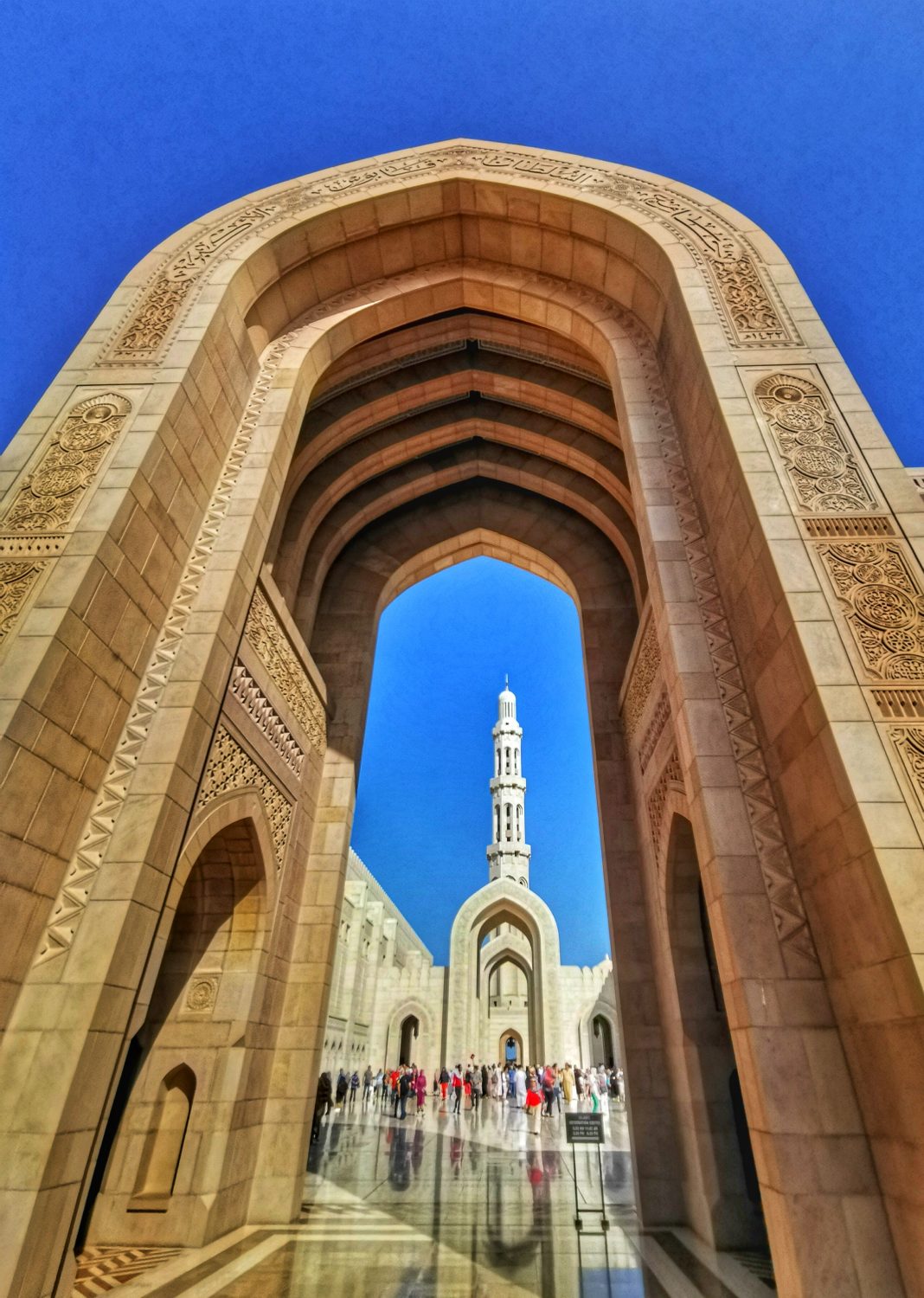
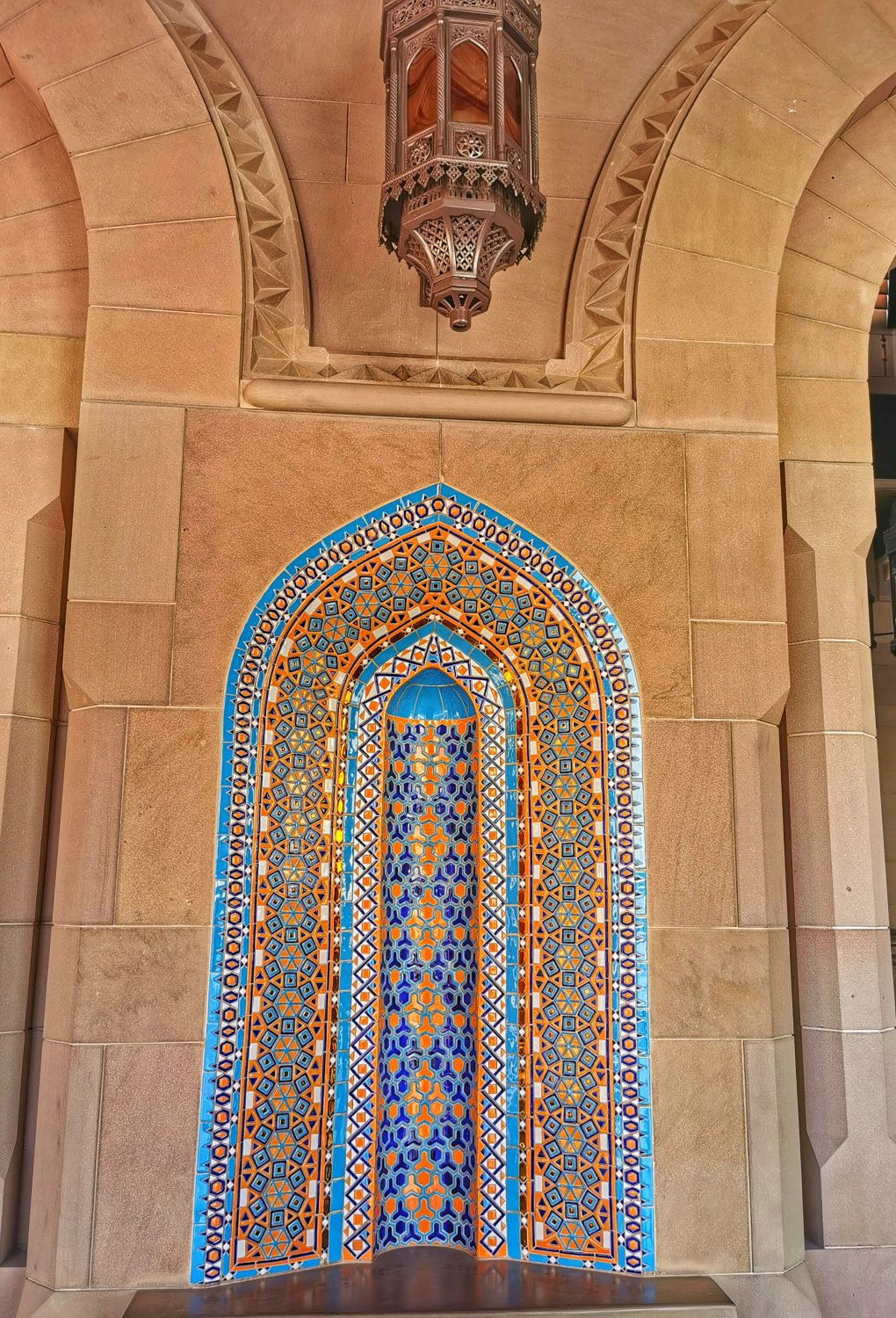
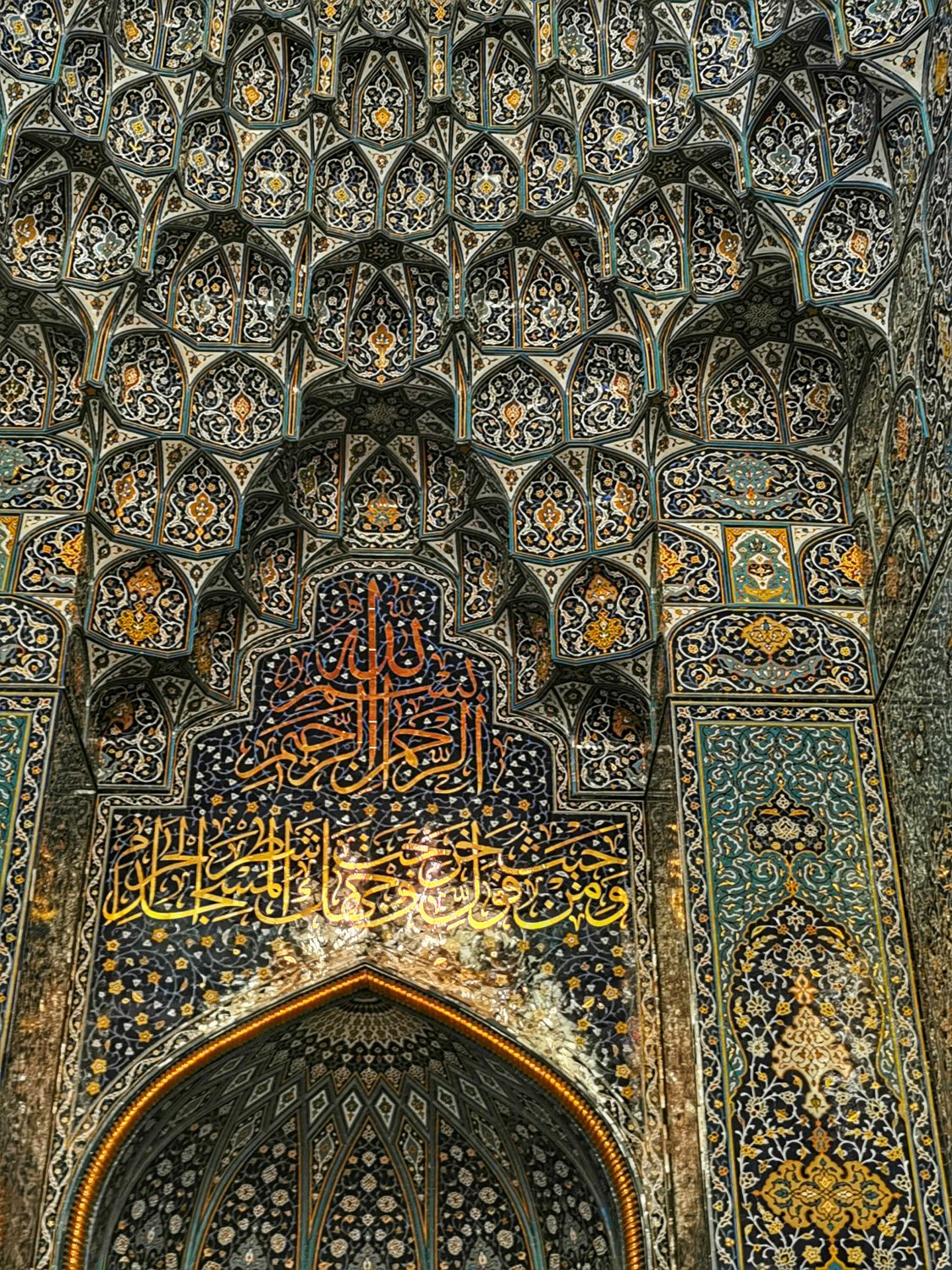
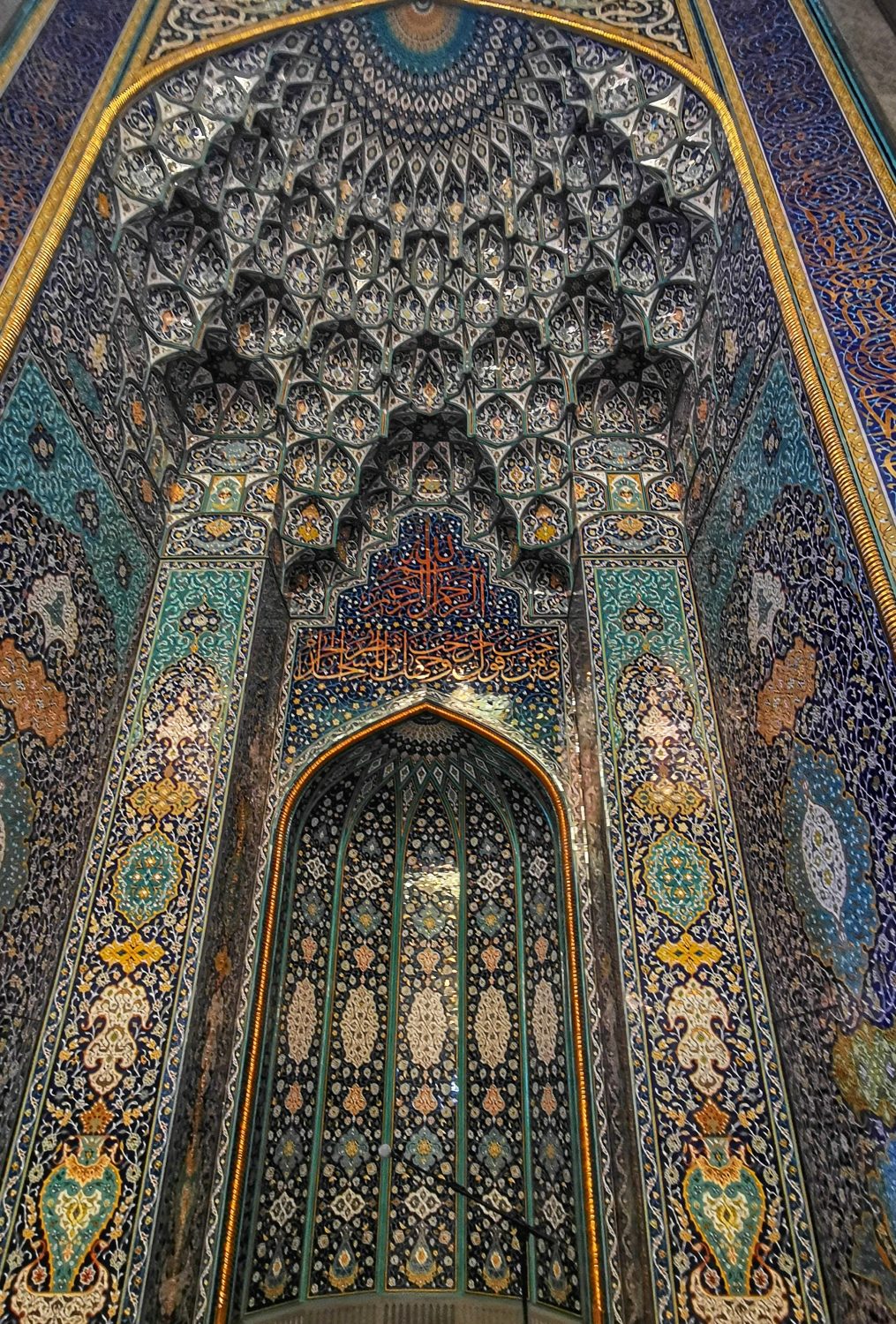
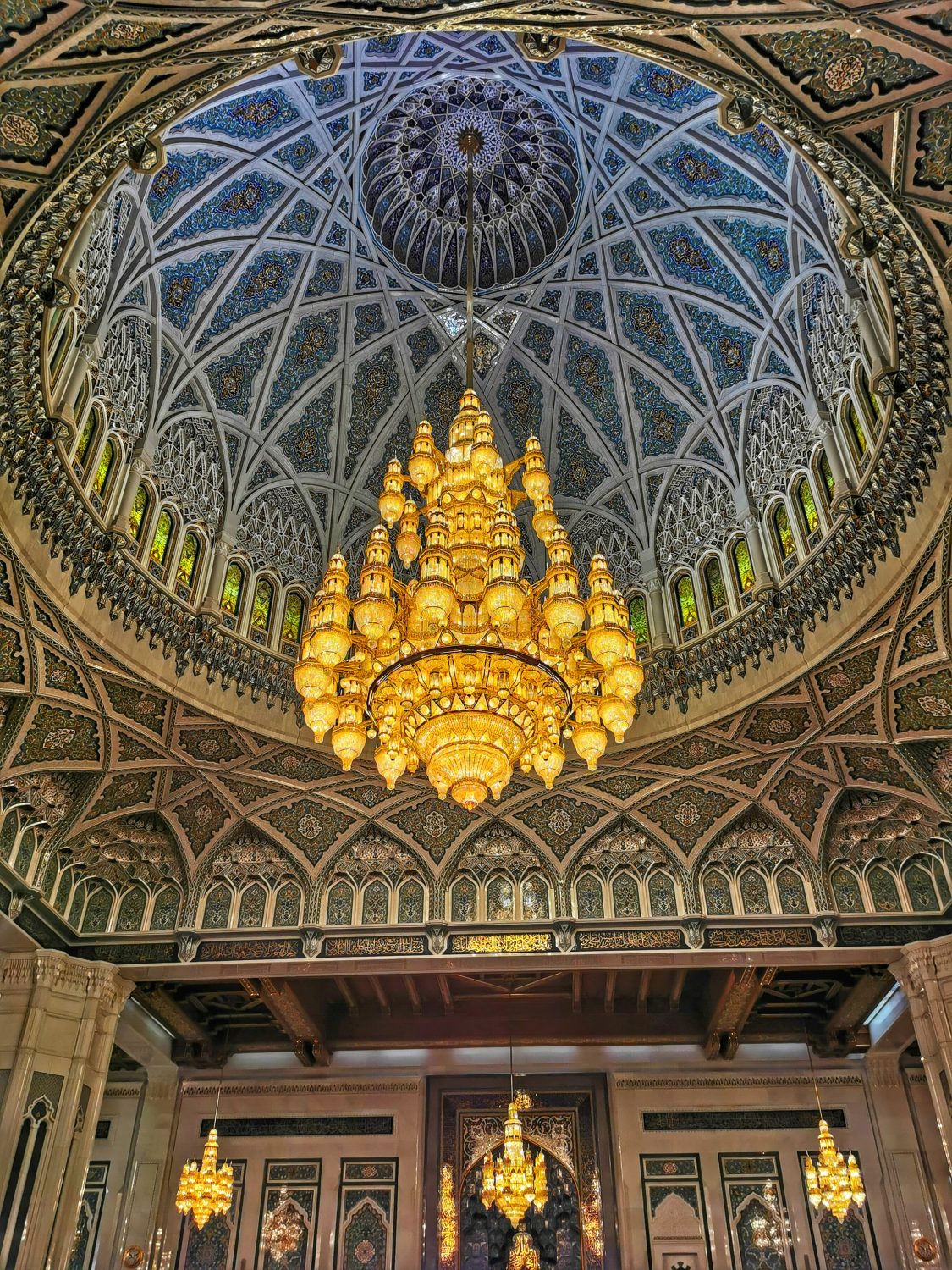
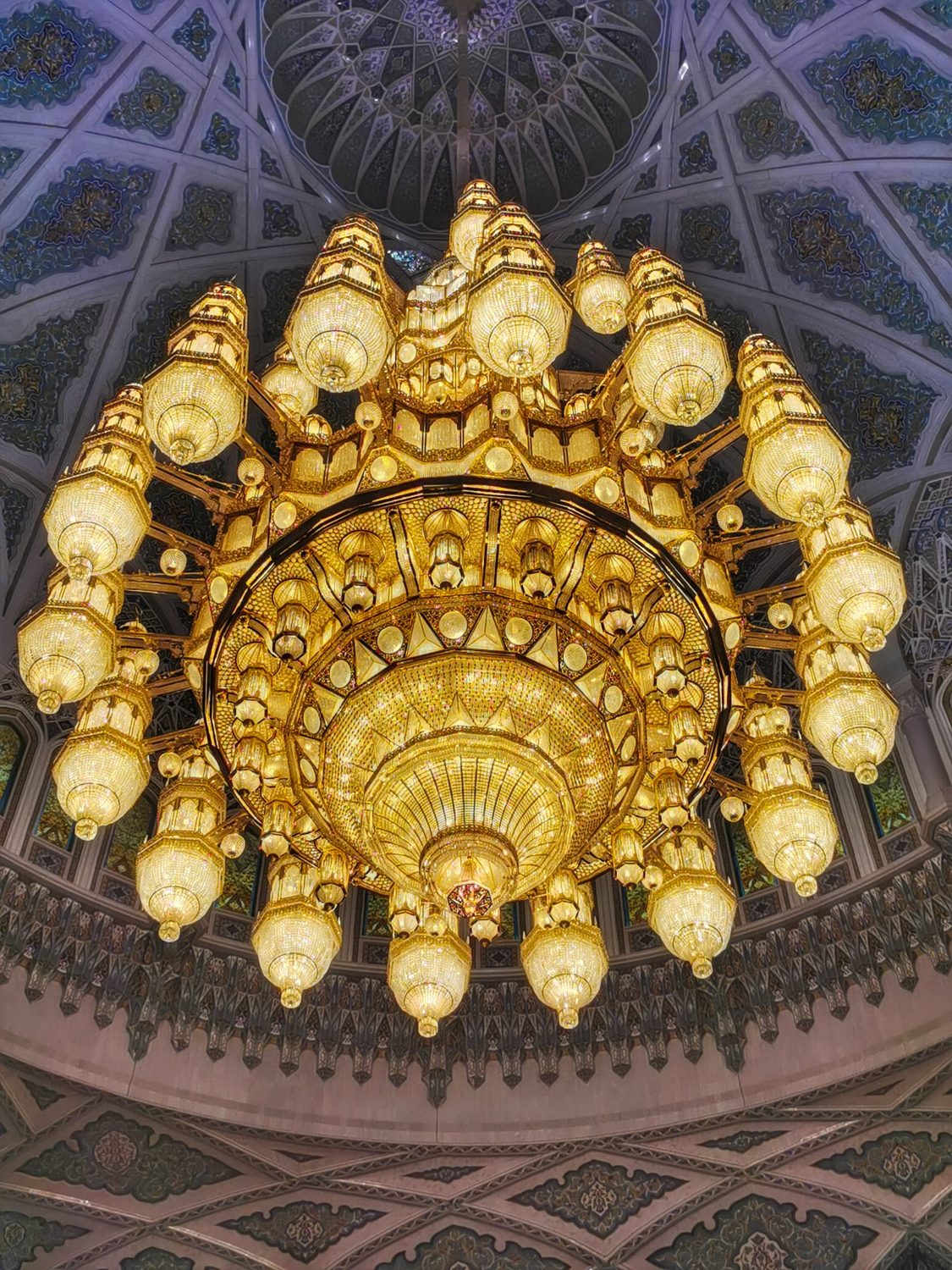
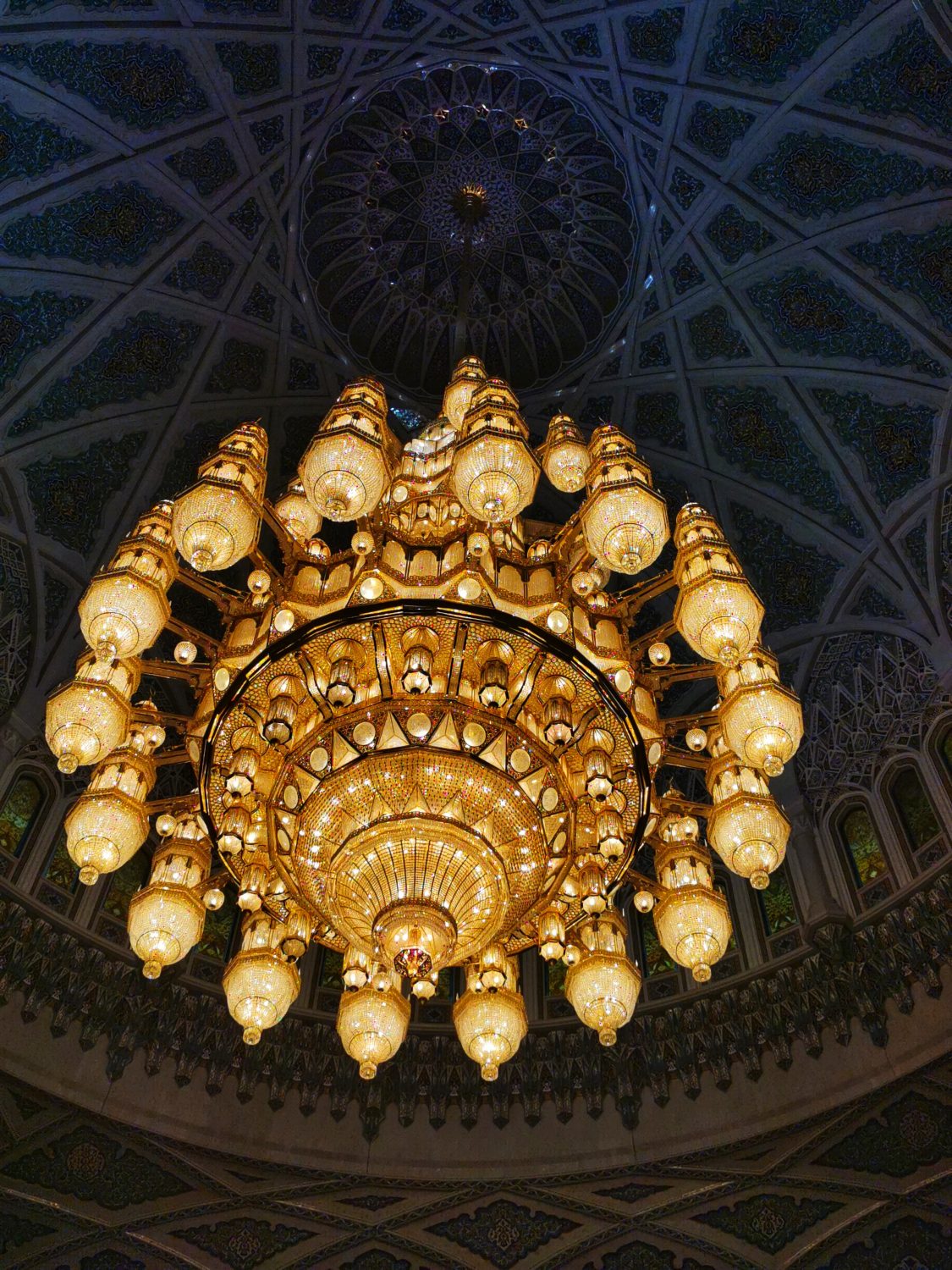
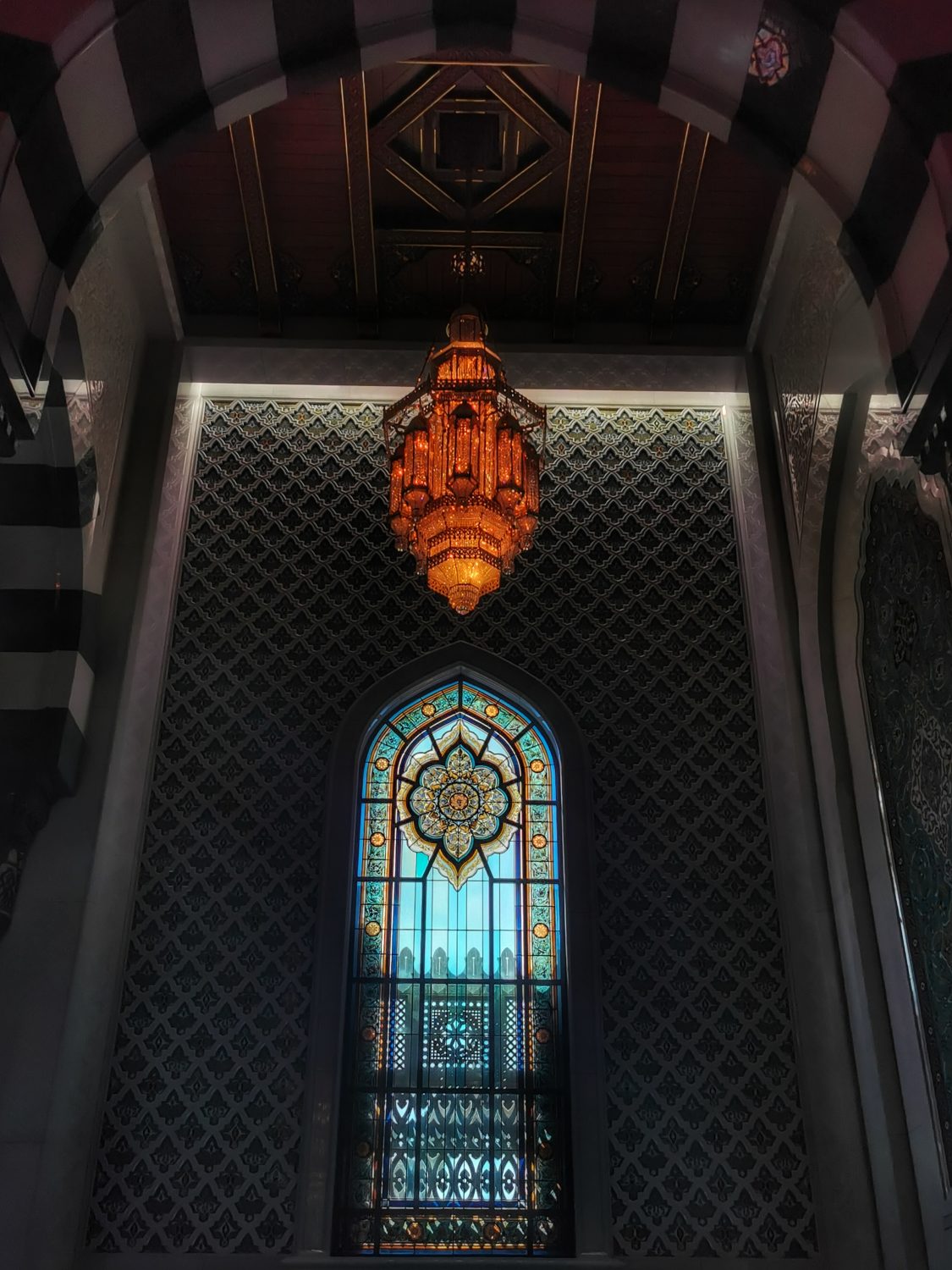
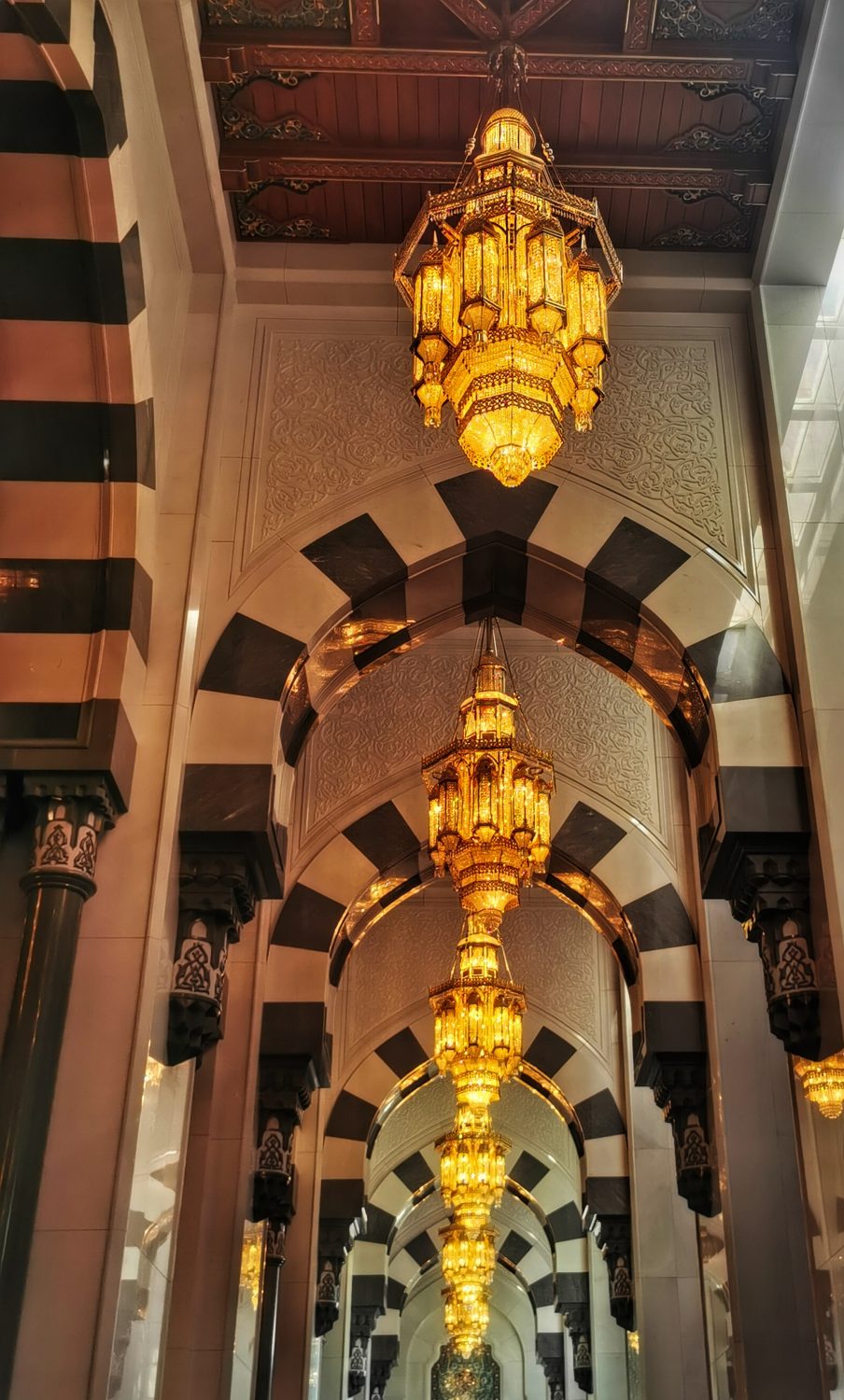
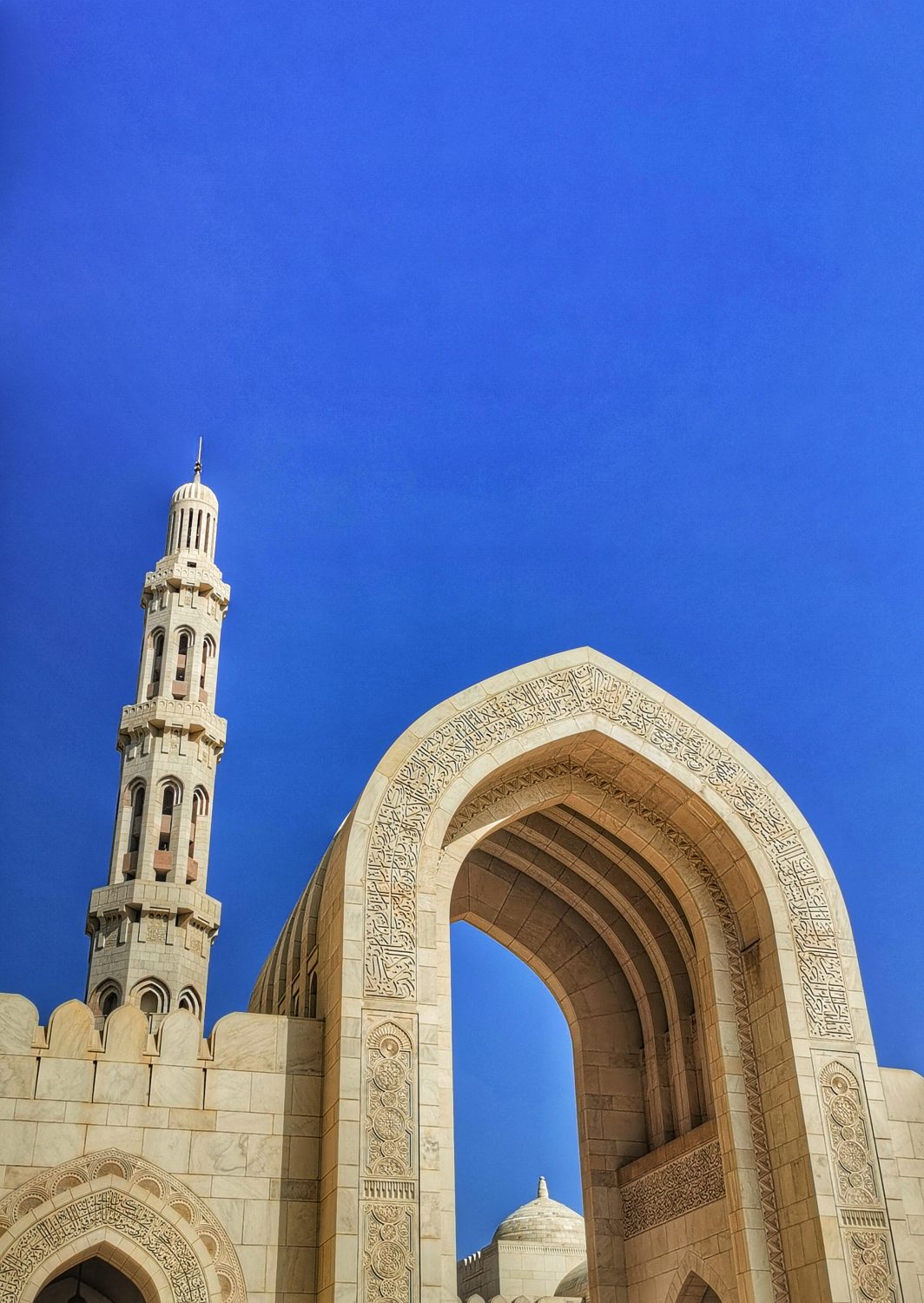
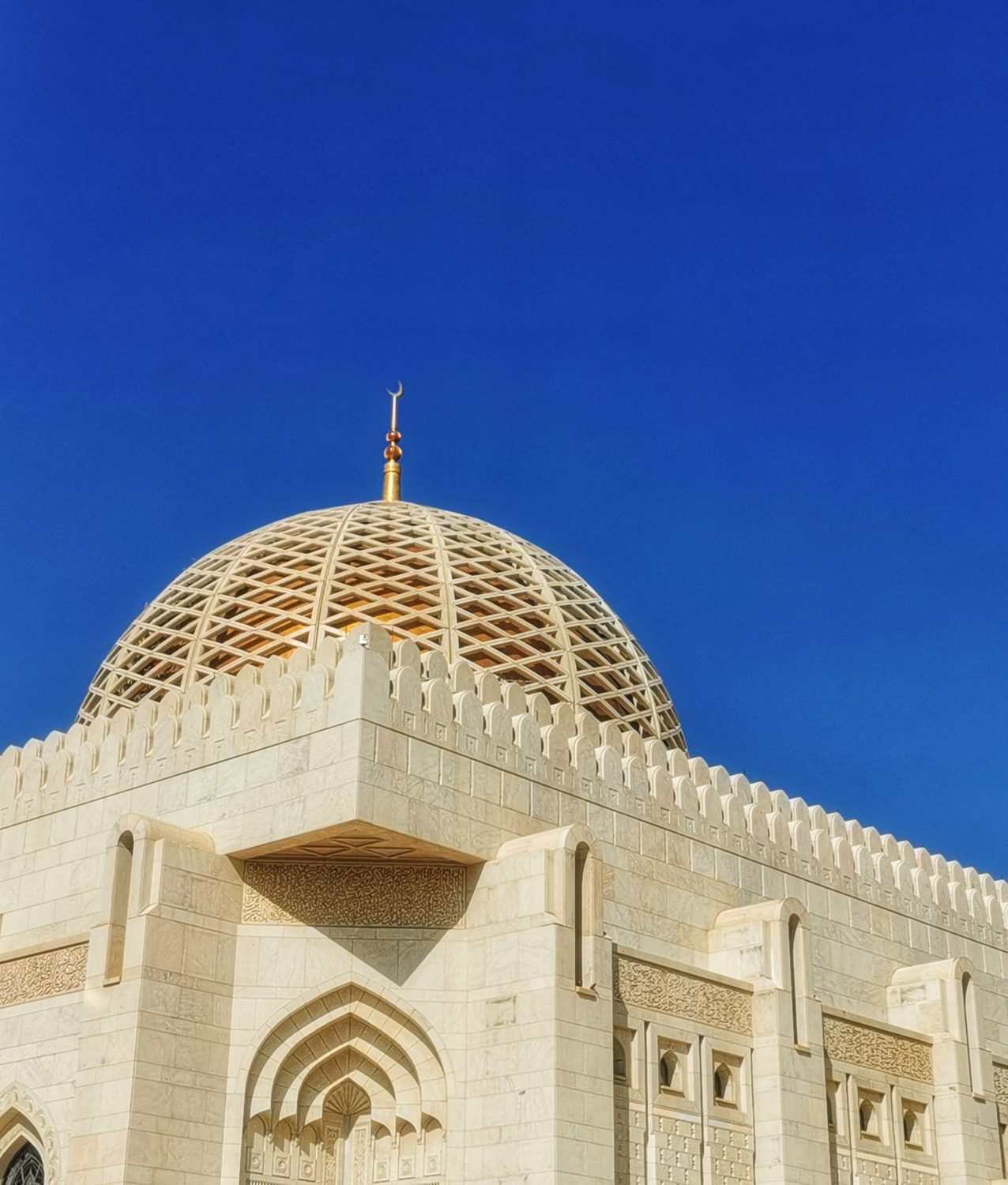
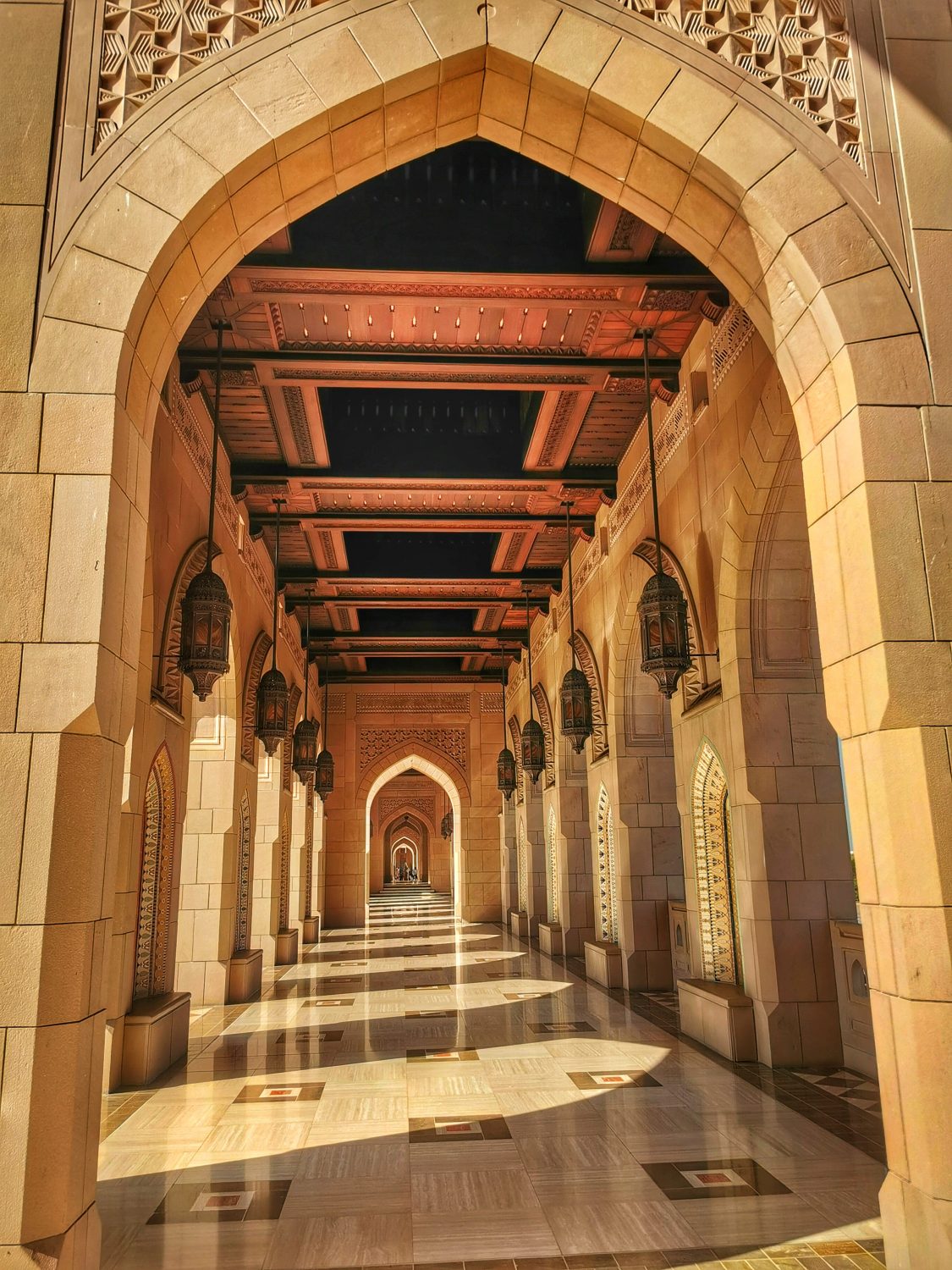
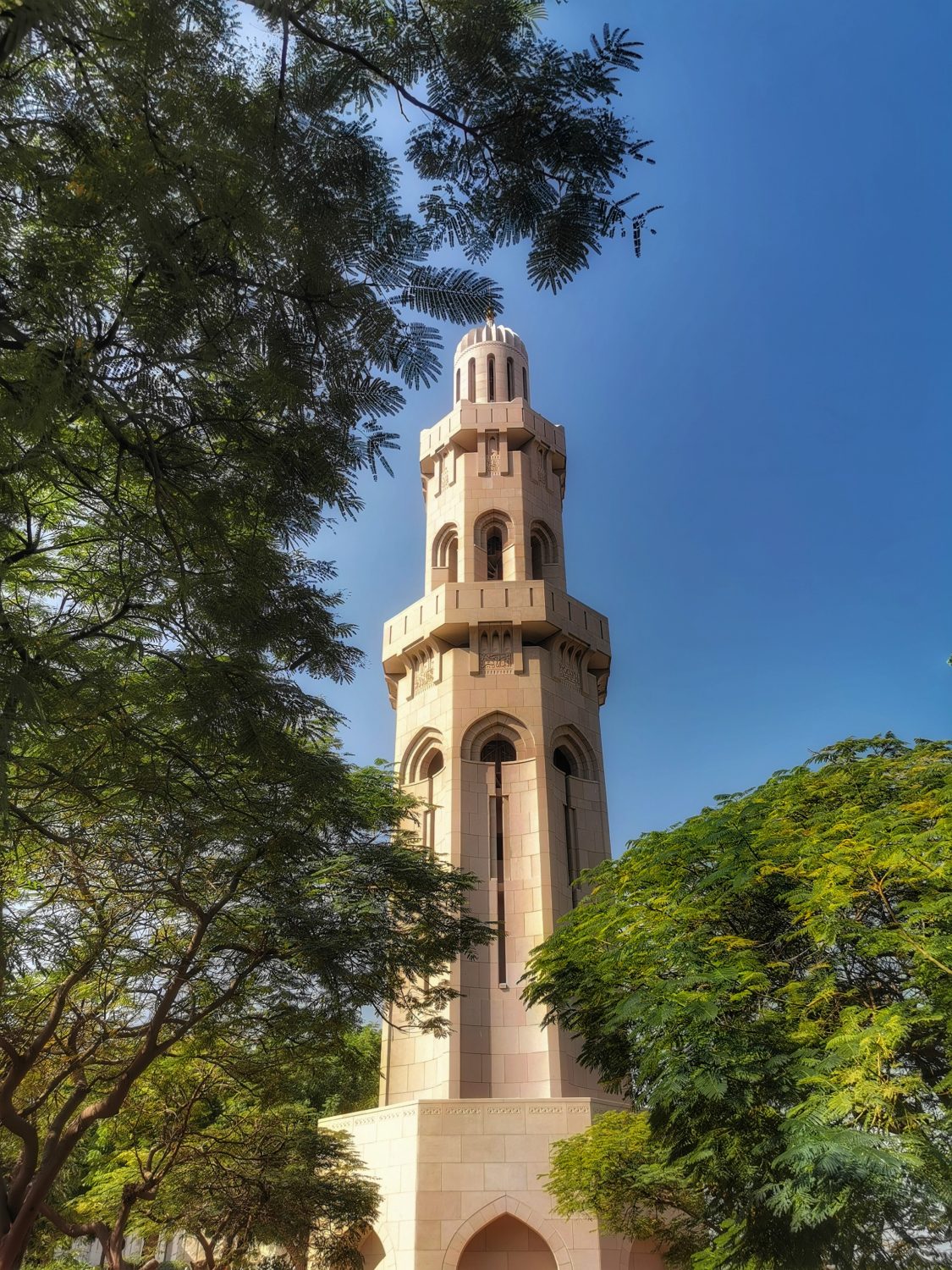
Muttrah Souq
Muttrah Souq a traditional Arabic market that maintains the classic style, at the entrance to Souq there is a cafe, a meeting place for locals. Here you will find antiques, jewelry, traditional clothes, spices. Also here you will smell the incense, the incense trade is closely linked to the history of Oman, due to a famous ancient trade route that linked Oman to Egypt, possibly even from the time of the pharaohs. This rich and pungent aroma is obtained from the sap of Boswellia trees, which grow abundantly in Oman. Here you can also see the Arab traditions preserved in the port, men wear dishdasha, a long and wide coat of white or light blue, with embroidery around the neck and cuffs and a scarf on their heads, while women wear a long coat named abaya, which is loose and black.
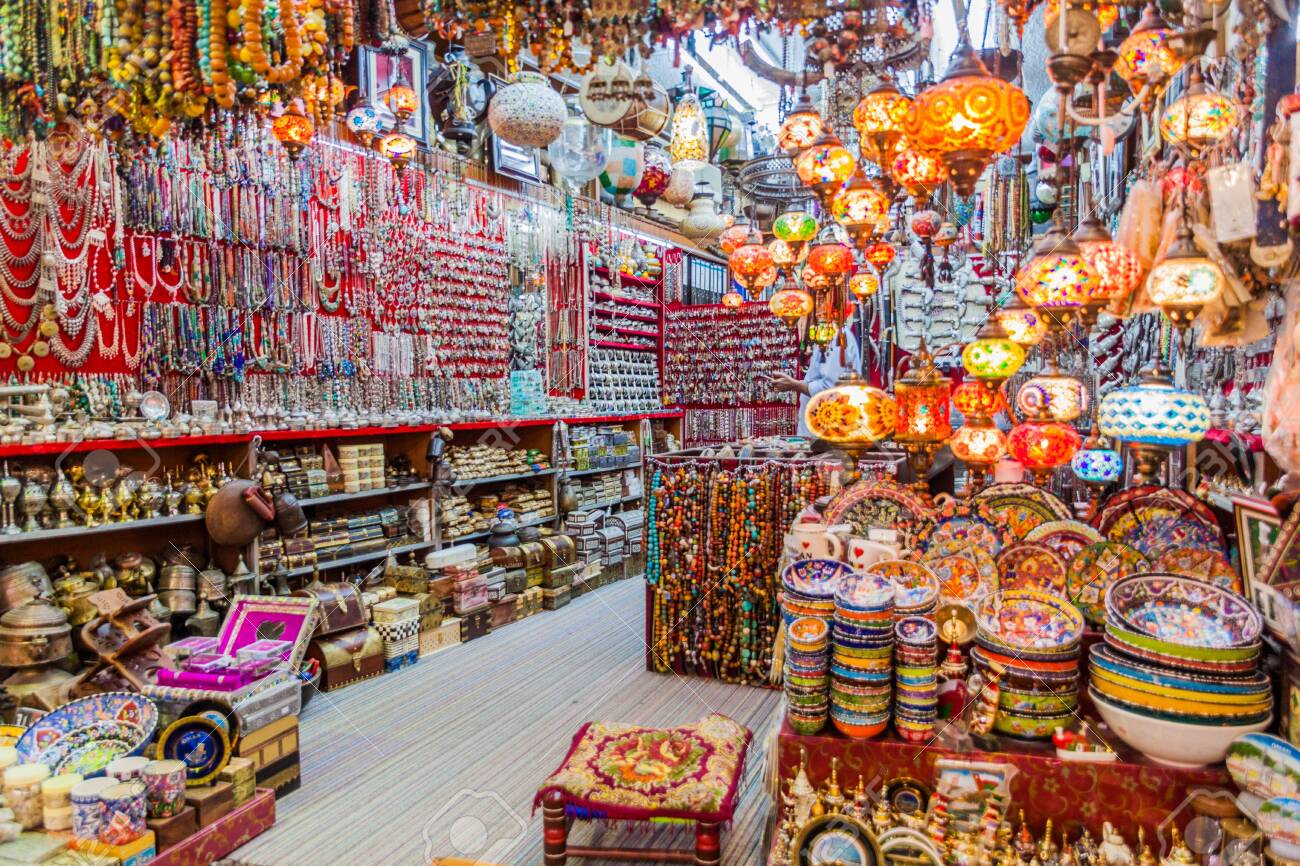
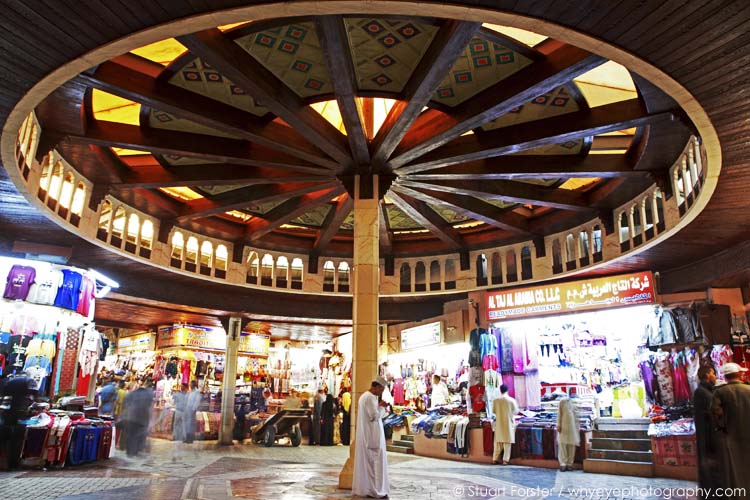
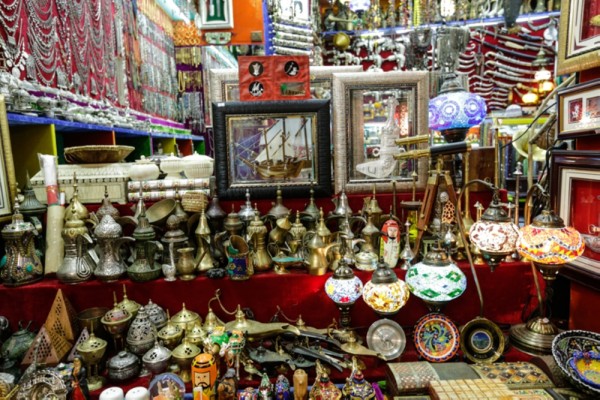
Oman smells like perfumes and incense and its every pore emanates respect for tradition, culture and belonging. Oman has a lesson to teach, namely, that it is a proof of respect for people, times and nature to keep traditions, national identity and local patriotism unaltered for future generations.

